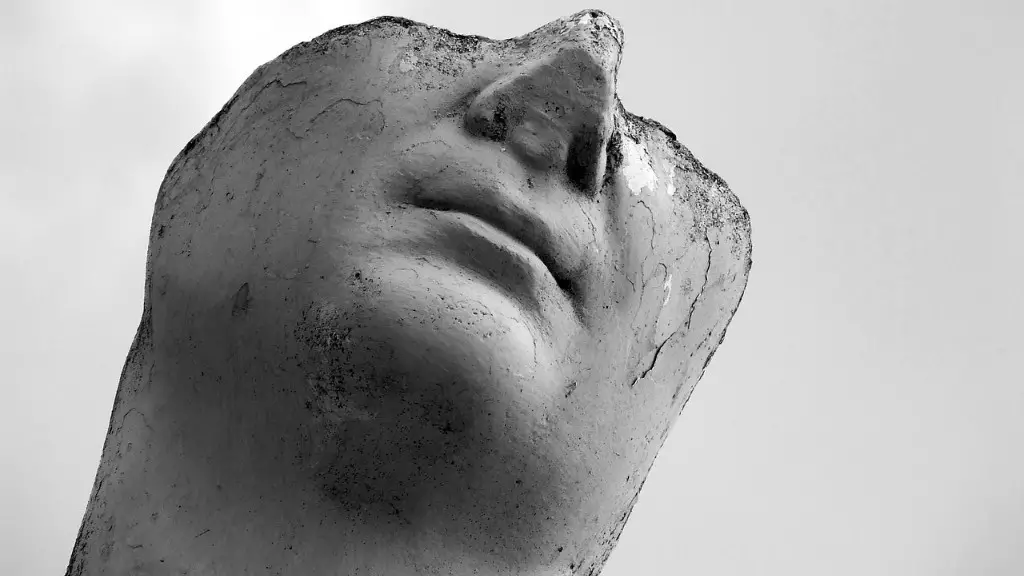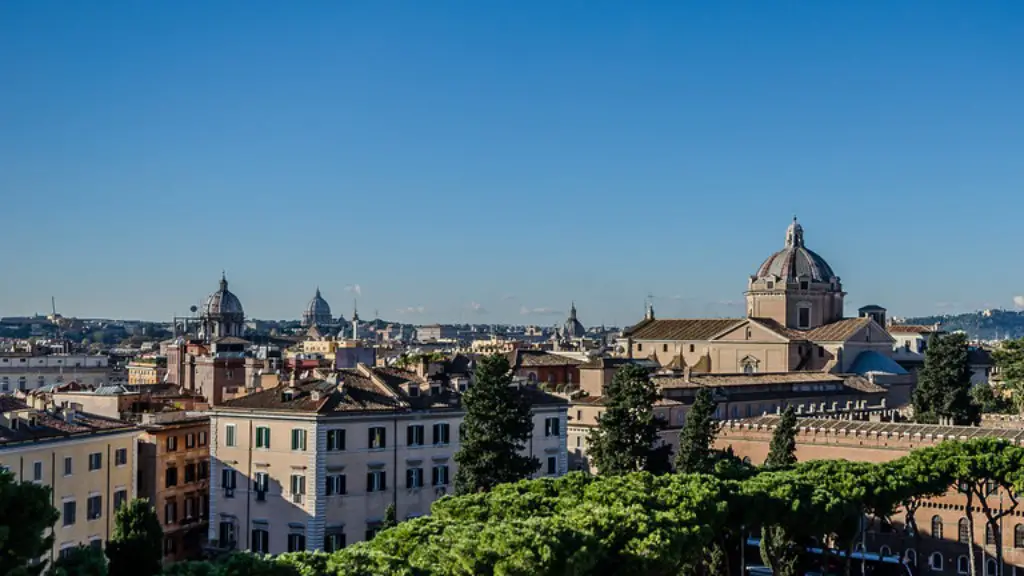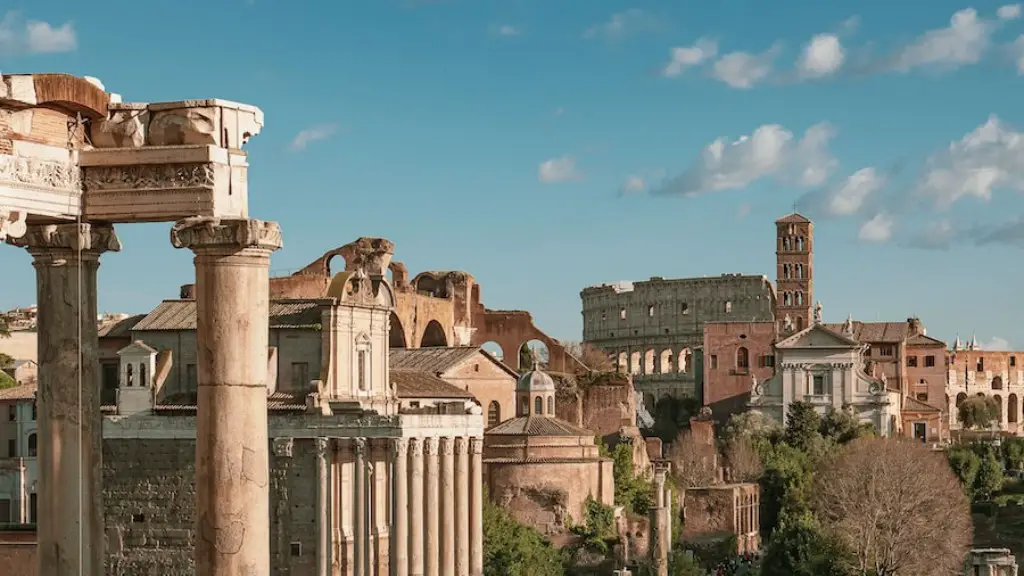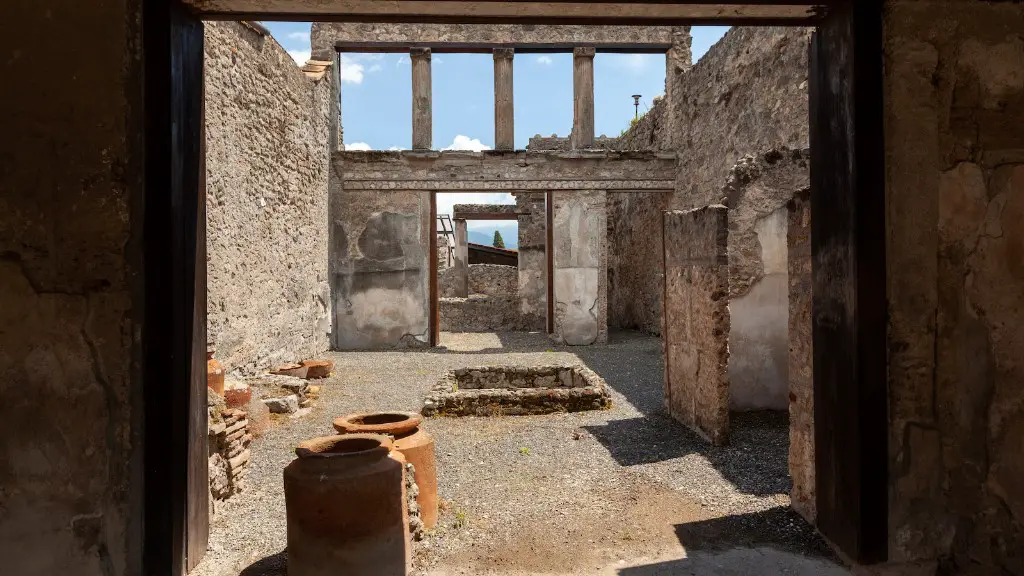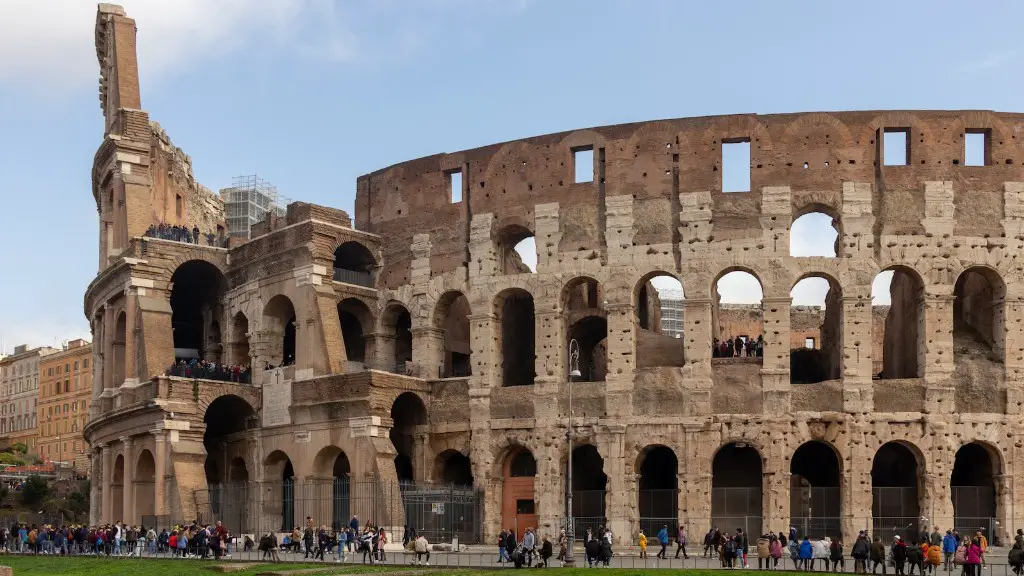The Ancient Romans achieved much in their expansive empire, from their governance style to their engineering and architecture. They even set the tone for our modern day legal system. One of the main reasons why the Ancient Romans were so successful was their incredible adaptability. They were able to take anything they found useful and make it their own. But how did they become so good? As we explore this question below, we can gain perspective on the Ancient Roman empire that continues to affect us to this day.
Why were Ancient Romans so good? To answer this question, we should take a closer look at the factors that enabled their success, both internally and externally. The internal factors include their adaptability, their organization, their technology, their culture, and their military strength. The external factors include the terrain around Rome, the climate, and their trading partners. The Roman government was also known for its discipline, which allowed them to plan ahead and make important decisions quickly.
First of all, the strength of Ancient Rome was its adaptability. The romans were able to take and use new technology, ideas and customs from their neighbours. This allowed them to quickly absorb new and useful things. Secondly, the Ancient Romans had a highly organized government and administration system. This allowed them to effectively manage their resources and quickly respond to any emerging threats. Thirdly, the Romans were able to effectively use their technology to build roads and aqueducts, which enabled them to easily move goods and information around their empire.
In addition, the Ancient Roman culture played a major role in their success. The culture was egalitarian and fostered a sense of pride and identity- Roman citizens felt a sense of belonging and loyalty to the Roman Republic. This allowed the Romans to effectively join and integrate people from different parts of the empire. Finally, the military strength of the Roman Republic was unparalleled. Through a combination of strategy and strength, the romans were able to maintain their dominance over their neighbours, as well as maintain their own borders against invaders.
The external factors also contributed to their success. The terrain around Rome was mostly flat, making it easy to build roads and aqueducts with relatively little effort. The climate was also temperate and allowed the Romans to produce agricultural and luxury goods. Furthermore, the Romans had an extensive trading network and partnerships with other countries, giving them access to a variety of resources and cultures.
The Ancient Romans had a highly developed form of government and administration, which allowed them to effectively organise their resources and regulation of the collective wealth. The legal system was similarly organised, with established channels for citizens to raise private and public grievances. This system ensured that justice was not only effective but fair and equitable, allowing citizens to express their opinions and feel secure in their rights.
The Ancient Roman culture was also a major factor in their success. Roman citizens were taught to have a shared vision and work together to bring about change. This allowed the empire to make swift decisions, mobilize resources, and grow. This same sense of shared mission and loyalty is still found in modern society, and is a key factor in determining a country’s success.
Access to Resources
One of the reasons why Ancient Romans were so successful was their access to resources. Rome was located in a geographically important position, giving it access to resources from both Europe and Africa. Rome was also able to secure long-distance trade relationships with other nations, allowing them to trade gold, spices, grains and other goods. The powerful Roman navy also enabled them to control major trade routes, further boosting the economy.
The Ancient Romans were also able to draw on the resources of their territories through taxes and campaigns. The taxes collected from the provinces helped Rome to build monuments, maintain its roads and aqueducts, and fund military campaigns. These funds were also used to pay for administration, subsidies for food, and for the upkeep of local areas.
The resources that Rome was able to draw upon meant that it was always relatively wealthy compared to its rivals. This allowed the state to fund projects that other nations would be unable to, such as large-scale military campaigns and construction of monuments. This also enabled the Roman Republic to remain a strong and powerful nation for over 500 years.
Military Strategies
Another major factor in why Ancient Rome was so successful was their military strategies. The Romans were known for their formidable army, and while they did not invent warfare, they certainly perfected it. The army was composed of different classes and ranks, with the upper classes in charge of managing the lower-ranking recruits. They also introduced military engineering which changed the way battles were fought, allowing them to build fortifications and utilize siege warfare.
The Roman army was also known for its discipline and loyalty. The soldiers were loyal to the state and their leadership, and this was integral to their success. The soldiers were well-trained and loyal, and this loyalty was encouraged through rewards and honors. The Roman army was also very flexible, meaning that it could quickly adapt to different battlefields and strategies.
This flexibility, combined with Roman discipline and a well-organized hierarchy, allowed the soldiers to quickly respond to emerging threats. It also meant that the soldiers could remain in control of a battle for longer, resulting in more efficient campaigns. The military strategies employed by the Romans paved the way for their expansion throughout Europe and the Mediterranean.
Public Buildings
The Ancient Romans are also known for their incredible engineering and architecture. The famous monuments, roads and aqueducts that can still be seen around Europe today were constructed by the Romans. The engineering feats of the Ancient Romans are still awe-inspiring to this day, and were a symbol of their wealth and power. Rome also built public buildings, such as temples, theaters, and baths, which were used for leisure and educating the public.
The public buildings were a sign of Rome’s power and influence, but they also served a purpose. The amphitheaters were a place for the citizens to come together to watch plays, religious ceremonies, and gladiator battles. The baths and public fountains were an important part of Ancient Roman culture, used for socializing and relaxing. The construction of these buildings was a testament to the engineering achievements of the Ancient Romans.
The construction of the public buildings and monuments was also a way for the Romans to showcase their wealth and power. The impressive structures were a sign of the greatness of the Roman Republic, and affirmed its place as a powerful nation in the ancient world.
Public Works
The Ancient Romans also invested heavily in public works projects. These projects served a dual purpose of improving the empire’s infrastructure, as well as providing jobs for the citizens. The public works projects had a major impact on the lives of the citizens. The building of roads and aqueducts allowed for faster transport of goods, improved communication and easier trade, which all boosted the economy.
The public works projects also had a symbolic importance. The impressive monuments, theaters, and baths were a sign of the power of the Roman Republic and a source of pride for the citizens. These projects affirmed Rome’s status as a major power in the ancient world, and created a legacy that still impacts us today.
The public works projects of the Ancient Romans demonstrate how far-reaching their influence was. The constructions are still visible in numerous countries today, a testament to the engineering and architectural achievements of Ancient Rome.
Cultural Influence
The culture of the Ancient Romans also had an impact on how they were perceived. The culture was egalitarian, fostered a sense of pride and identity, and encouraged citizens to have a shared vision. This shared vision of the republic helped to maintain order, making it possible for the citizens to work together for the common good. This was also a key factor in why Ancient Rome was so successful, as it enabled development and progress.
The Ancient Roman culture also had a lasting influence on Europe and the world. It helped spread the Latin language, which is still the official language of several European countries. The Roman calendar continues to be used in some countries, and many laws and legal systems across the world have been influenced by Ancient Rome.
The culture of the Ancient Romans is still visible in our own lives. We can see traces of their influence in our language, culture, and legal systems. It is clear that the Ancient Romans had an incredible impact on our world, and their influence is still felt today.
Architecture
The architecture of the Ancient Romans is renowned for its beauty and complexity. The most famous example is the Colosseum, a monumental amphitheater that is still standing in Rome. This structure was built to show the power of the empire and to entertain the citizens. Other famous examples of Roman architecture include the Pantheon, which was a temple for all the gods, and the Trajan’s Forum, which was a public square for meetings and discussions.
The architecture of Ancient Rome was an expression of the power of the Republic, as well as a sign of the technological achievements of the Romans. The structures and monuments still standing today are a testament to the skill and precision of the Roman engineers and architects.
The Ancient Roman architecture is still admired today for its beauty, complexity, and craftsmanship. The Colosseum and other Roman structures remain iconic symbols of the power and influence of the Roman Republic.
Conclusion
The Ancient Romans achieved a great deal in their expansive empire. From engineering feats to their legal and cultural influence, their legacy is still visible in our world today. Exploring how the Ancient Romans were able to become so successful can provide perspective on how we can continue to learn from them and strive towards success in our own lives.
